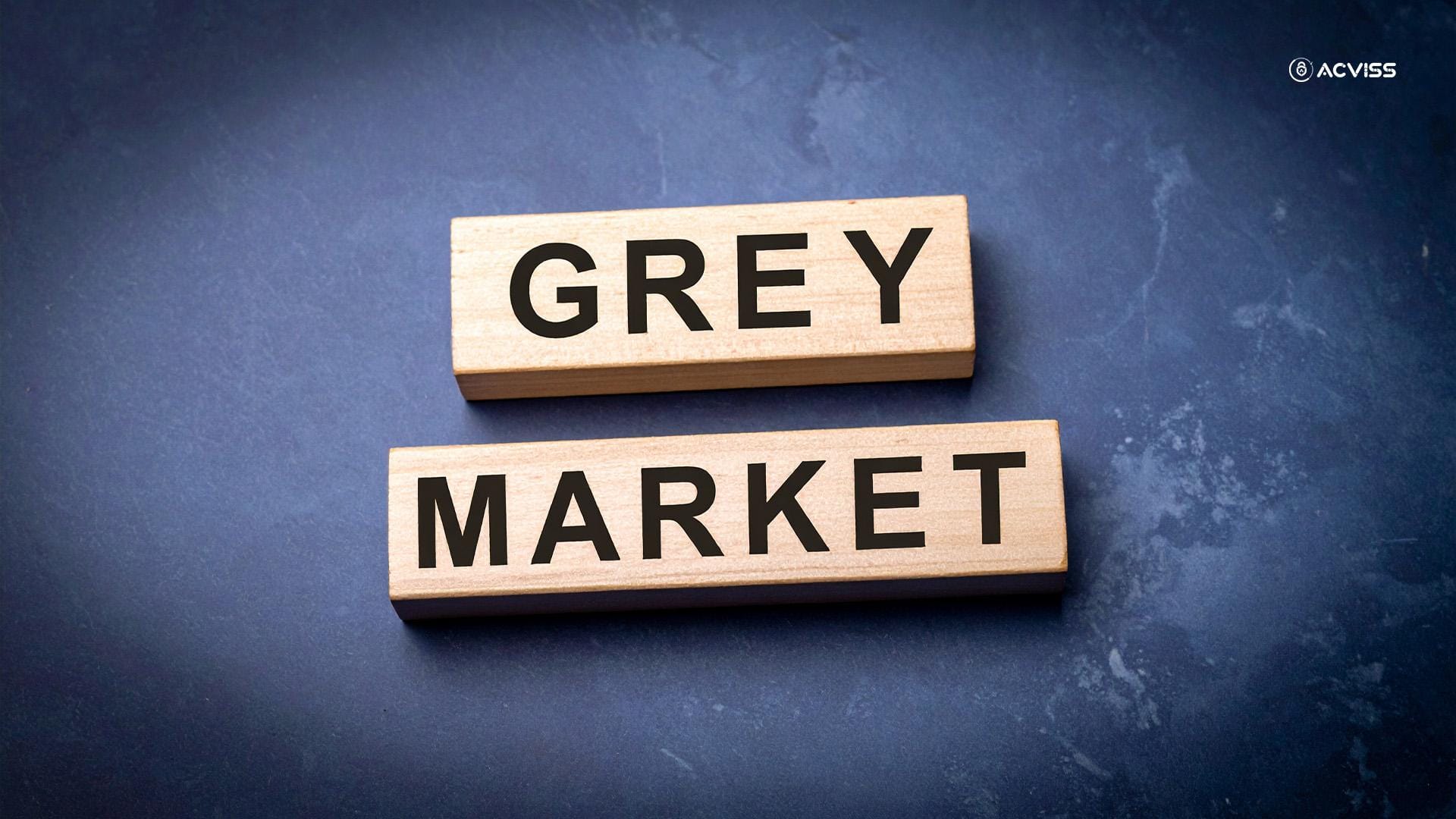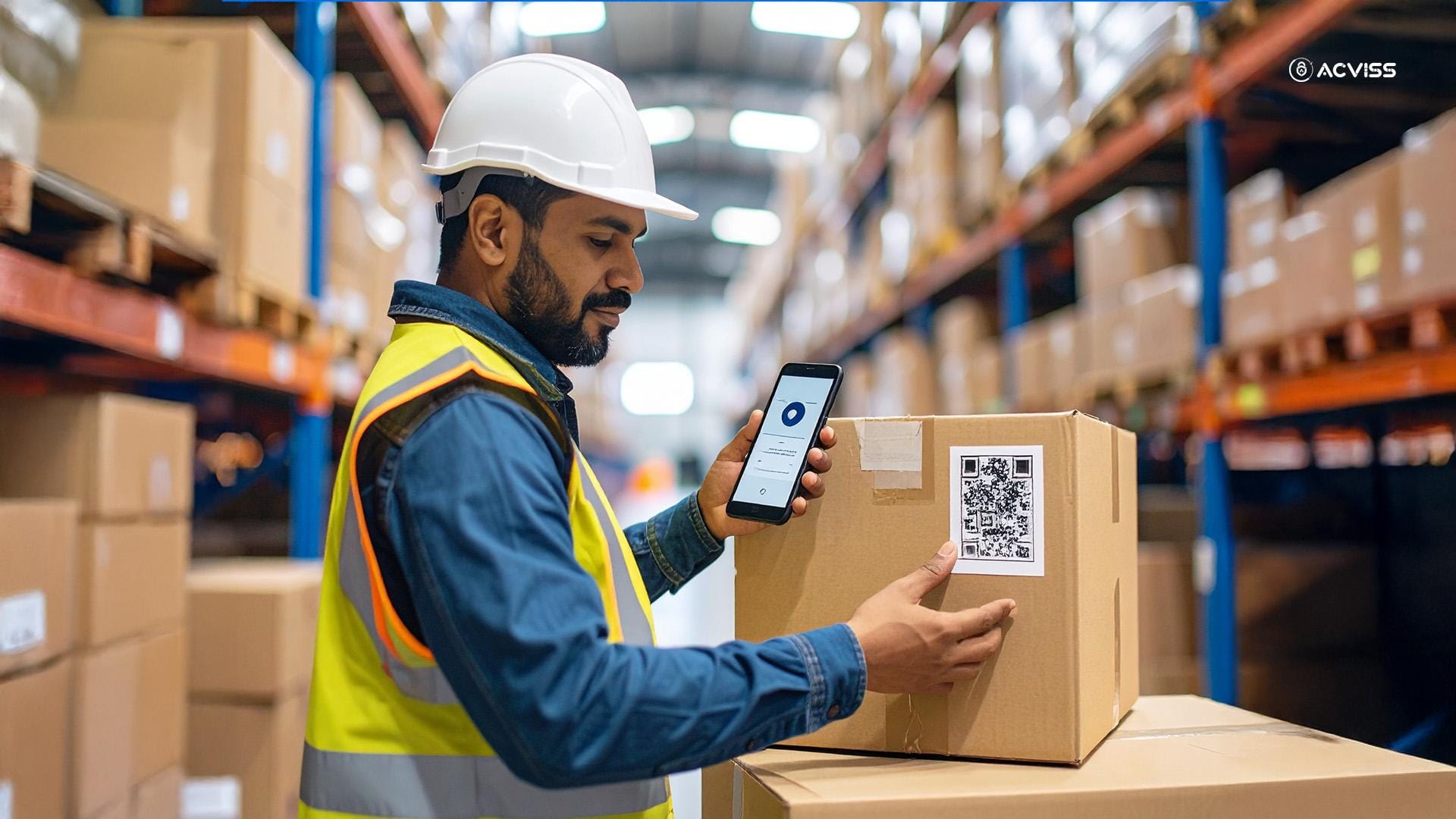Scarcity Marketing Fuels Grey Markets: How Brands Can Regain Control and Trust

Scarcity has long been a powerful marketing tool. “Only 200 in stock,” “Limited release,” “Next drop: 72 hours”, these phrases trigger urgency, spark excitement, and often drive sales through the roof.
But there’s a flip side to this story that many brands overlook. While scarcity might boost short-term revenue, it often becomes a gateway for grey market activity, putting pressure on supply chains, weakening brand integrity, and complicating product traceability.
In this article, we’ll explore how scarcity marketing is fueling grey market sales, the risks it poses to businesses, and what steps can be taken to control the damage through better product authentication and supply chain management.
Scarcity Marketing: A Double-Edged Sword
Scarcity, when done right, elevates a product's value. It signals exclusivity and creates a sense of urgency. That’s why it's common in industries like fashion, cosmetics, tech, and consumer electronics. But what happens when customers can’t get their hands on the product, either due to real or perceived lack of availability?
They start looking elsewhere.
This demand opens the floodgates for grey market sellers, third-party resellers who acquire genuine products through unofficial or unauthorised channels and sell them independently, often online or across borders.
While these sellers usually deal in authentic goods (unlike counterfeiters), they bypass official distribution routes, warranties, customer service guarantees, and, more importantly, brand control.
Understanding the Grey Market and Its Impact

Let’s be clear: grey market sales are legal in many jurisdictions. But legality doesn’t equal harmlessness.
Grey market activity can disrupt your pricing strategy, compromise your customer experience, and dilute your brand’s reputation. And without a system in place to track where your products end up, it's almost impossible to enforce territorial boundaries or identify leakages in your supply chain.
Consider this scenario:
A limited edition product is launched in India, but stocks run out within days. Resellers source the same item through dealers in another region and start selling it online at a premium. Customers buy it, but when something goes wrong, no warranty, no service, and no support. The blame still falls on the brand.
And that’s just one layer.
There are deeper risks at play here:
- Loss of trust occurs when the customer receives an untraceable or mishandled product.
- Violation of regional pricing models, making authorised sellers losing out.
- Challenges in enforcing IP protection and trademark rights when the product origin is murky.
Why Traceability Should Be Part of Your Scarcity Strategy

The issue isn't scarcity itself. It's the lack of visibility into how your products move once they leave your facility.
In most organisations, once a product is shipped to distributors or retail partners, tracking becomes fragmented. Without a centralised view, it’s easy for genuine products to slip into unauthorised markets, feeding the grey market ecosystem.
This is where track and trace systems come in. When brands embed product traceability into their operations, they don’t just follow the product; they understand its journey.
And with that visibility comes power:
- Power to identify leak points.
- Power to control unauthorised resale.
- Power to back your claims in legal or compliance disputes.
Enabling Control Through Authenticity
To regain control over your distribution and protect your customers, traceability must be paired with product authentication. Acviss Origin does exactly that.
Origin is a blockchain-powered solution that helps brands:
- Track every product unit from production to sale.
- Validate brand authentication in real-time.
- Create tamper-proof, non-cloneable digital identities for each item.
- Monitor movement across authorised (and unauthorised) channels.
Let’s say a product ends up in a market it wasn’t intended for. With Origin, brands can quickly trace the route it took, identify the break in protocol, and take corrective action. Whether it's a distributor leaking stock or a third-party acquiring unsold inventory through backdoor deals, the chain of custody becomes visible and actionable.
This goes beyond just fighting counterfeits. It’s a comprehensive brand protection solution, one that gives businesses the tools to enforce pricing, protect reputation, and preserve customer trust.
Managing Scarcity Without Losing Control
The challenge isn’t in creating demand, it’s in managing it responsibly. Here’s how brands can balance effective scarcity marketing with smarter protection:
1. Plan for Scalability
If demand is expected to be high, prepare multiple batches or regions for phased releases. Limited doesn’t have to mean uncontrolled.
2. Educate Customers

Tell customers where your products are officially available. Offer a verification system, like a simple QR scan, so buyers can check whether they’re purchasing from an authorised source.
3. Enable Traceability
Embed track and trace capabilities directly into the product. This ensures your internal team and your customers can verify the supply chain journey.
4. Monitor Market Activity
Use tools that help monitor unauthorised listings, pricing discrepancies, and unusual product flows. The digital footprint often tells the real story.
5. Enforce with Data
When you do find grey market activity, data from product authentication systems like Acviss Origin gives you the evidence to take action, legally or commercially.
Scarcity Should Build Value, Not Chaos
Scarcity marketing is here to stay, and rightly so. It’s effective, emotional, and economically sound. But when not backed by robust product verification and supply chain transparency, it becomes a liability.
Grey markets are fueled by gaps. Gaps in visibility. Gaps in accountability. Gaps in technology.
By integrating brand protection technologies like Acviss Origin, brands don’t just plug these gaps; they transform them into competitive strengths. With every product traceable and every transaction accountable, you regain the ability to not only sell smarter but to protect what matters most: your brand, your reputation, and your customers’ trust.
Scarcity builds desire. But trust builds loyalty.
Make both parts of your strategy. Get in touch with us and explore how Acviss can help your brand stay in control. Reach out to our team to get started with smarter product traceability and grey market prevention.
